Panasonic has been crafting some impressive cameras in recent years, from its pocketable compacts like the LX10 / LX15 to more advanced interchangeable-lens models. With the G80 – called the G85 in the US – it seeks to continue its winning run, combining enthusiast-level features with a form that shouldn’t intimidate even more novice users.
Although the double-digit model name breaks with convention – almost all previous G models have been identified by a single number – the model succeeds the G7 that was announced last year. Much of what was in that camera has been carried over, and the changes are mostly expected when you consider which areas Panasonic has chosen to focus on in recent years, but the resulting camera is nonetheless very well specified for its class.
The G80 isn’t short of competitors however – and capable ones at that. The target audience is likely to be drawn to cameras such as the Fujfilm X-T10, Olympus OM-D E-M5 Mark II and potentially the pricier Sony A6300, all of which have won acclaim for their performance.
DSLR rivals, meanwhile, include Pentax’s K-70, Canon’s EOS Rebel T6s / 760D and Nikon’s D5500, although with a broad range of supporting optics and a scattering of clever technologies on its side, the G80 certainly has a lot to recommend it from the off. So, does it offer performance to match?
Features
- Micro Four Thirds Live MOS sensor, 16MP
- 3.0-inch, vari-angle touchscreen, 1,040,000 dots
- 4K video capture
As with the model it supersedes, the G80 is designed around a 16MP Live MOS sensor. While it appears similar to those featured in many previous Micro Four Thirds models, this one dispenses with an optical low-pass filter to help the camera record finer details with greater clarity; the flipside of this is that it potentially makes it more prone to the effects of aliasing.
The sensor is partnered with a new Venus processing engine, and once again we find 4K video recording on offer. This records to the 4K UHD resolution of 3840 x 2160 pixels, in a choice of 25p and 24p frame rates, as well as Full HD recording to 50p. You can pull 8MP frames from captured footage and use a Live Cropping feature to pan around and zoom into the scene as you’re recording, while those looking to take video seriously will also be pleased to find a microphone port, and the option to output footage in real time through the HDMI port next to it.
While the G7 relied on image stabilisation through the attached lens, Panasonic has fitted the G80 with sensor-based stabilisation, and these two work together.
This Dual I.S. Mark II system combines five-axis stabilisation from the sensor with dual-axis stabilisation from a lens, and the maximum compensatory effect is stated at an impressive five stops. Currently only two lenses are compatible with the Dual I.S. Mark II feature, one being the default 12-60mm f/3.5-5.6 Power O.I.S. kit option, although firmware updates should bring compatibility with others.
To further help with stability, Panasonic has also employed an electromagnetic drive for the shutter unit and constructed the front plate from magnesium. This combination promises a 90% reduction in shutter vibration over the previous G7, which suffered with this issue.
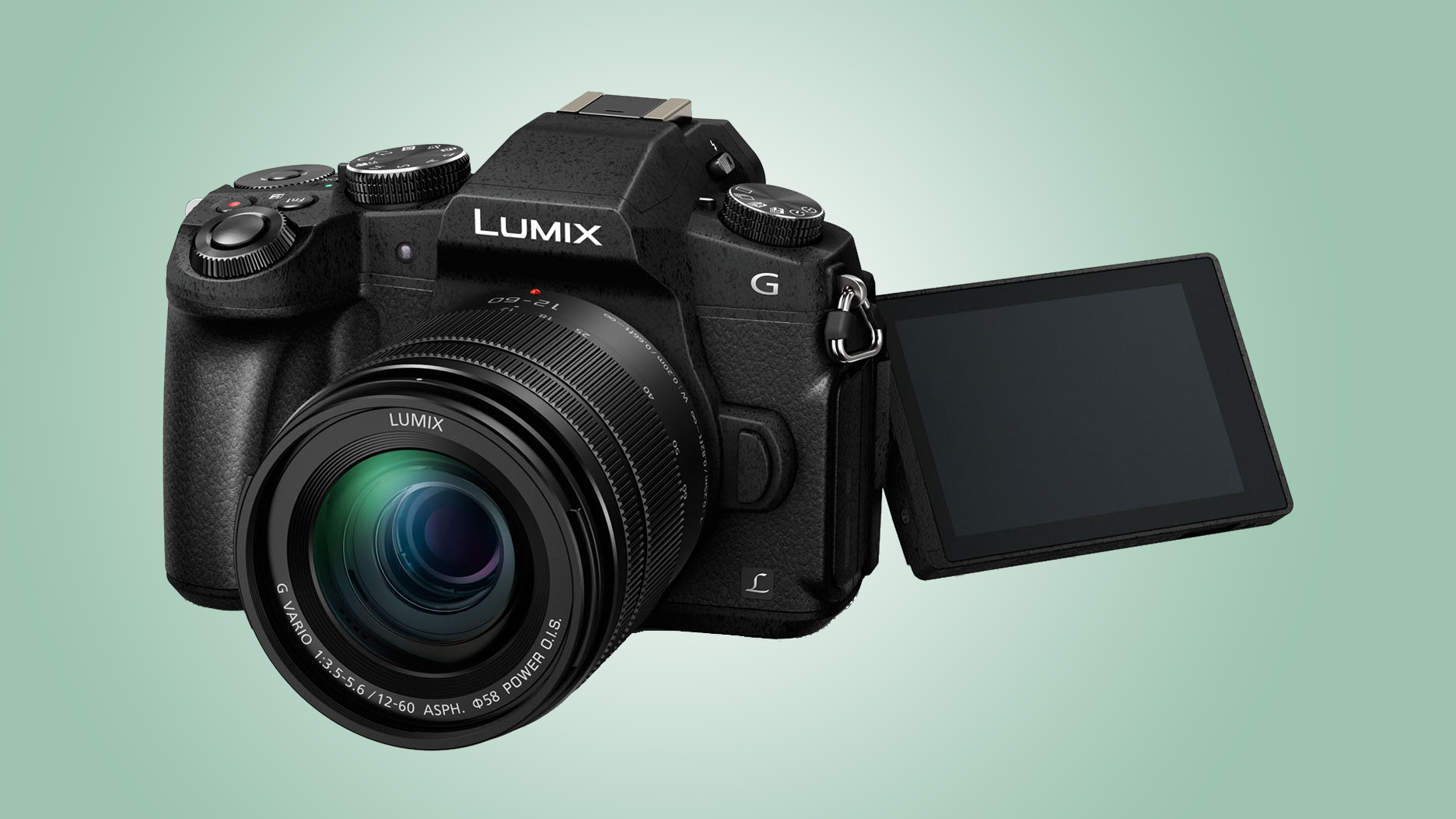
The rear display retains the 3.0-inch screen and 1.04 million-dot resolution from the G7, as well as its free-angle design, which allows the screen to be turned all the way around to face the front. It also offers the same touchscreen control seen previously, and this can be used for focus point adjustment and option selection, as well as for image and video review.
The OLED panel inside the camera’s electronic viewfinder (EVF) once again displays details with 2.36 million dots, although Panasonic has increased its magnification from 0.7x to 0.74x.
A range of Photo Styles includes Vivid, Natural, Monochrome and Scenery, and two Cinelike gamma presets that become selectable when shooting in Manual Movie mode. These are complemented by a raft of Creative Control presets that are designed to give images and videos an instant treatment, from the common High Key, Toy Effect and Miniature options to Rough Monochrome and Impressive Art.
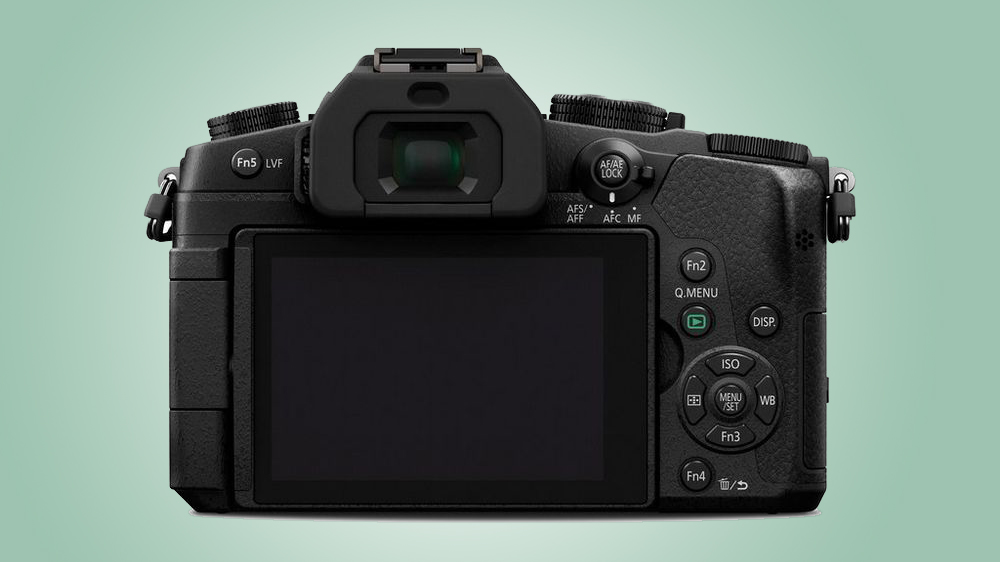
The camera is loaded with many further useful features, from a two-axis electronic level and silent shooting function to various bracketing options that now include an aperture bracketing setting. There’s also zebra patterning and various manual focus assist options, including a particularly comprehensive focus peaking setting, while captured images can be cropped, resized and rotated, and also be put through in-camera raw processing where required.
Build and handling
- Magnesium front plate
- Splash-proof and dust-proof construction
- 505g
Outwardly, the Panasonic G80 looks very similar to the previous G7. Indeed, it's easy to mistake one for the other until you put them side by side, at which point small differences become apparent.
These include a slightly more pronounced grip on the newer model and repositioning of the memory card compartment, with the card now accessed through the side of the camera rather than via the battery compartment at its base. This news will be particularly welcomed by landscape, still life and macro photographers, as it means the card can be removed and replaced while the camera is mounted on a tripod.

The most significant changes have taken place around the back of the camera, although even these are limited to a few cosmetic changes and some repositioning of controls. Options that have been revised include the switch used to alternate between focusing modes, as well as the button that releases the flash from the top plate, which is now to the side of the viewfinder.
The DSLR-style design means the G80 fits far more comfortably in the hand than many other mirrorless models, and it can be used easily with just one hand. Some with larger hands may prefer a bulkier grip, but for everyone else, and particularly those who plan on using telephoto lenses, the balance is good.
Comfort is also provided by the rubber that’s been used around the grip and rear plate, although some prospective users may be put off by the relative flatness of many of the controls, from buttons that lack the expected travel to the front command dial, which is fairly flush with the grip. The small size of the groove to the side of the LCD screen also makes it a little awkward to pull the screen away from the body, which will irk those with larger fingers. A more minor issue is that the screen appears to move up and down a little, even when stowed, which is potentially a consequence of it only being attached to the camera by a single hinge.
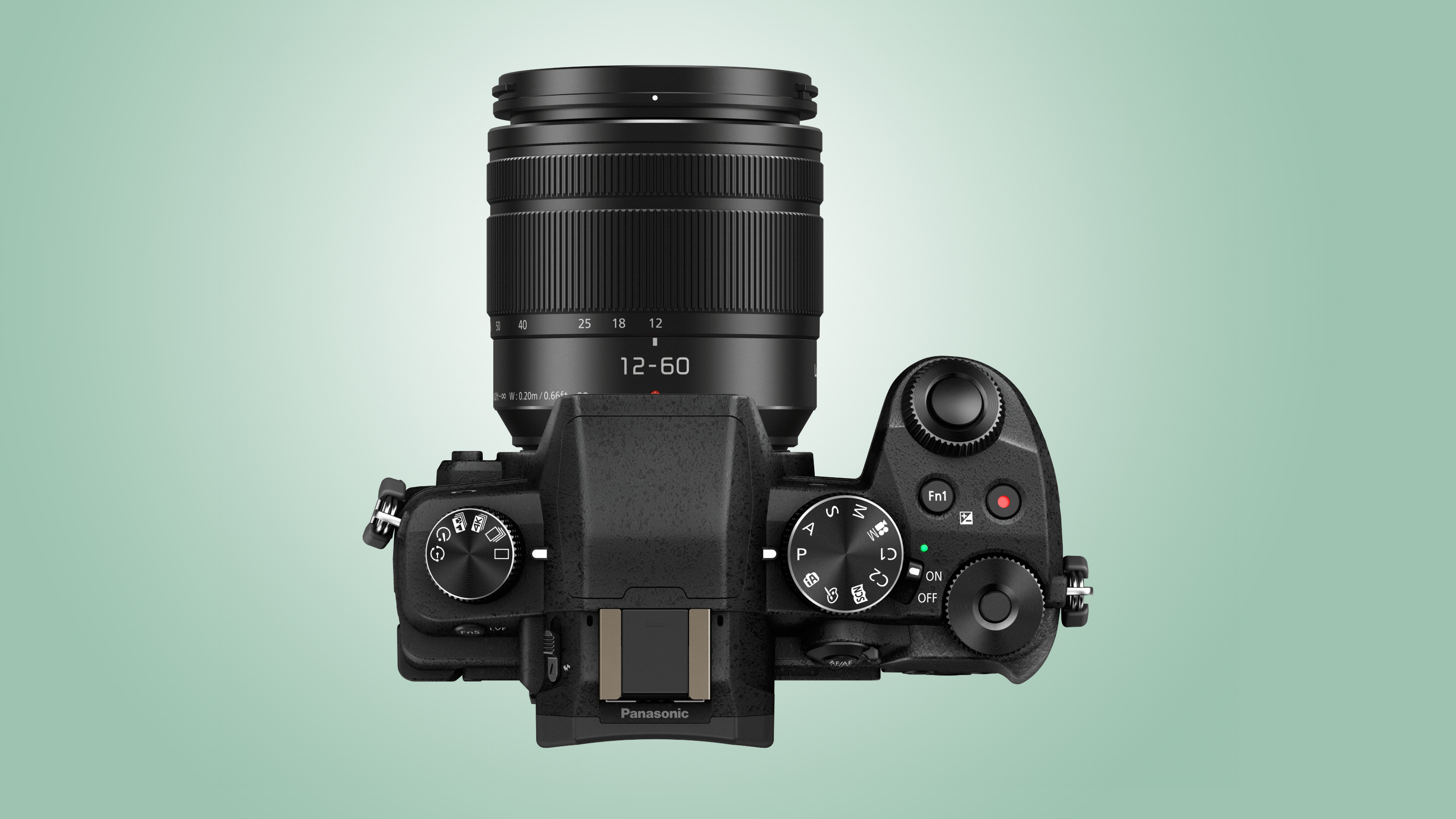
We don’t necessarily expect cameras such as the G80 to offer any kind of weather resistance, so it’s very welcome when we get it. Despite the camera’s largely plastic body – the front plate makes use of magnesium, but this is not a camera with a build equivalent to a magnesium-alloy-bodied DSLR – Panasonic claims the model is protected against dust and splashes.
The company has also announced a new DMW-BGG1E grip for the camera that offers the same level of weather resistance, making the camera even more suitable for extended outdoor shooting sessions.
Autofocus
- 49-area AF system
- Multiple AF modes
- Post Focus function
Panasonic’s Light Speed AF system promises autofocus speeds as fast as 0.07 sec, and makes use of Depth From Defocus (DFD) technology, which quickly analyses two images with different sharpness levels to determine correct subject distance. The camera can be set to a 49-area focusing option when automatic subject detection is desired, although 1-Area, Pinpoint and Face- and Eye-detection options can be just as easily called upon.
The above options are joined by Tracking, which can be used with continuous focus when attempting to keep a lock on moving subjects. One new feature here is the option to adjust tracking sensitivity, something that’s becoming more common on recent cameras. Another option that wasn’t present on the G7 is Focus Stacking, enabling you to capture multiple images of the same subject with different points of focus before merging them into a single composite.
Performance
- 9fps burst shooting, 6fps with AF-C
- 330-shot battery life
- Wi-Fi
One criticism of mirrorless cameras is that they can be a little slow to start up, particularly compared to DSLRs that don’t rely on electronic viewfinders. The G80 exhibits no such problems, however, springing to life with negligible delay. The viewfinder image does take a fraction longer than the LCD to appear – you can actually focus on subjects before the viewfinder wakes up – although again the delay is minimal.
Also pleasing is the general response of the camera, and the time taken to write images to the memory card (this is card-dependent of course). Adding raw images to the mix does lengthen the process considerably when shooting continuously, but this is expected. One situation in which the camera noticeably slows down, however, is if it encounters videos when you're reviewing images; if you have a number of videos captured consecutively you'll find that going through these is considerably slower than whizzing through stills.
The sensitivity of the LCD screen makes selecting and adjusting the focusing point very easy, and particularly convenient when you have the LCD screen pulled away from the main body.

In terms of display and visibility, the LCD screen does very well. It’s detailed and displays good contrast, and its viewing angle is very good. As with other screens, visibility is slightly reduced in harsh lighting conditions, although the fact that it can be adjusted so flexibly means you can easily improve the view. When used in more even lighting, the way the screen presents images is very pleasing, and the touchscreen’s sensitivity means you can quickly tap-to-zoom and swipe your way around to check focus and detail.
The EVF more or less matches the rear screen in terms of performance. Its magnification means there's no need for you to move around to see the image clearly, and shooting information is well displayed (although this is laid over the scene, so the effectiveness of the readout varies slightly depending on what you’re shooting).
One thing that does affect both the viewfinder and LCD screen, however, are minor artefacts when shooting video, regardless of resolution. These don't appear in recorded footage, but they're particularly visible when capturing detailed subjects and those with defined edges.
Image stabilisation is one area where Panasonic has made progress with the G80, and you can appreciate how well this is working as you compose images or shoot video. With the 12-60mm f/3.5-5.6 Power O.I.S. lens I found that, although images captured in the 1/4 sec to 1/8 sec range at the maximum telephoto extension (equivalent to 120mm) were often a little blurry, with a steady hand it was possible to capture images with acceptable sharpness at around the 1/5 sec mark. This equates to a benefit of around 4.5 stops, which is very good. It’s worth remembering that images captured at slower shutter speeds may still be perfectly usable, as this depends partly on the scene and partly on how the images will be viewed.

The camera can be safely left set to its default evaluative metering pattern and trusted in most situations, although it does display a tendency towards underexposure. Perhaps not surprisingly, this tends to occur in situations where there are larger areas of highlights, and often this is not by much more than 1/3EV or 1/2EV, although examining the histograms of these images reveals that the camera could safely expose at a more appropriate level without detail in these areas blowing. While there's no dedicated exposure compensation control as such, the default option is for the Fn1 control to access this setting, so adjusting this quickly isn't a hassle.
Image quality
- ISO100-25,600 (expanded)
- No optical low-pass filter
- Creative Effects options
Images from the Panasonic G80 are very pleasing straight out of the camera, and the absence of a low-pass filter is evident when scrutinising images at their full resolution. Certain scenes do exhibit some aliasing artefacts as a result of this, such as those containing fine architectural details like railings or roof tiles, but these are not overly evident. The important thing is that, particularly at lower sensitivities, the level of detail in images is very good.
While some previous Panasonic models have been criticised for aggressive noise reduction – and while to some extent this is the case here – the extra detail being recorded does offset this somewhat, to leave images reasonably clean and detailed. Naturally the effects of noise reduction are more visible further up the ISO scale, but a good level of detail remains even here.
Colours are generally true to life, and the auto white balance system is a capable performer, although images captured in quick succession under artificial lighting can sometimes exhibit slightly different casts. The G80 is certainly not alone here, but in such conditions you may find better results by switching to a preset rather than relying on the auto option.
The Vivid Photo Style does a lovely job to saturate the hues of nature, while some of the Creative Controls are also worth experimenting with, although it’s a shame these can't be applied post-capture.
Noise is reasonably well controlled at lower sensitivities, and not too destructive as you venture into the four-figure ISO range, although it becomes more visible at around ISO2,500 onwards (particularly in areas with little detail). The worst of this can be successfully removed in post-production, and we would be perfectly happy to use images captured at settings up to and including ISO3,200, where detail remains very respectable. From then on it gets trickier to balance detail, noise reduction and adequate sharpness, although for non-critical work such images may be acceptable.

As we've come to expect from 4K-enabled Panasonic cameras, video quality is very pleasing. 4K footage is detailed and movement is recorded smoothly, and while some rolling shutter is present when the camera is panned across the scene this is generally well controlled. Full HD footage is a little softer by comparison, so it’s best to record 4K footage if memory card space permits, as this appears much crisper when viewed on a non-4K display; the image stabilisation system has a noticeable effect on smoothness too. As is often the case with such cameras, the camera’s built-in microphones are somewhat susceptible to picking up wind noise, so you may want to call upon the wind filter (if not use an external microphone).
Verdict
The Panasonic Lumix G80 may not be the most radical upgrade we’ve seen in recent times, but there’s still an awful lot to like about it.
Perhaps most importantly, the core of what the camera offers is strong. Autofocus is very good, whether you’re using it for static or moving subjects, and processing speeds are fast, while the image stabilisation system is very effective whether you’re recording stills or movies. The fact that you can use sensor-based stabilisation on its own, albeit to a lesser advantage than with a stabilised lens, is also a bonus for lenses that lacks their own systems.
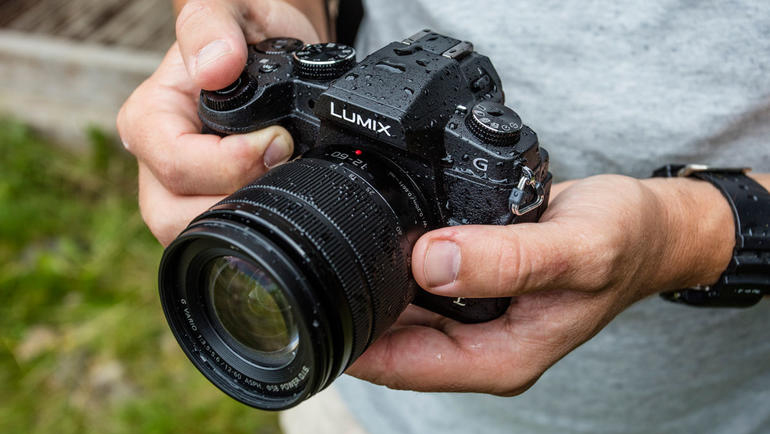
Image quality is generally very good, with the removal of the low-pass filter making a positive difference overall, and this is matched by strong 4K video quality, with plenty of video-related options. Together with a great EVF and LCD partnership, plenty of options over customisation and a broad range of compatible lenses, the G80 is a smash on a number of levels.
That’s not to say there aren’t areas for improvement. Some may prefer a model that feels sturdier in the hands, but perhaps the main gripe is with the design of the G80's controls, which make the camera slightly less convenient to operate than it needs to be. To some extent this also applies to aspects of the GUI, which follows many previous Panasonic models in being overburdened with options. This is also a camera that performs at its best once you’ve got acquainted with it and have worked out how best to customise particular options.
It does, however, have one significant advantage in the marketplace. Many of its rivals are showing their age somewhat, and typically can’t offer quite the same in terms of high-quality 4K video, excellent AF performance and a wealth of options over how the camera can behave. No doubt at some point its competitors will catch up, but at least for now the G80 is an impressive addition to the mirrorless market.
Competition
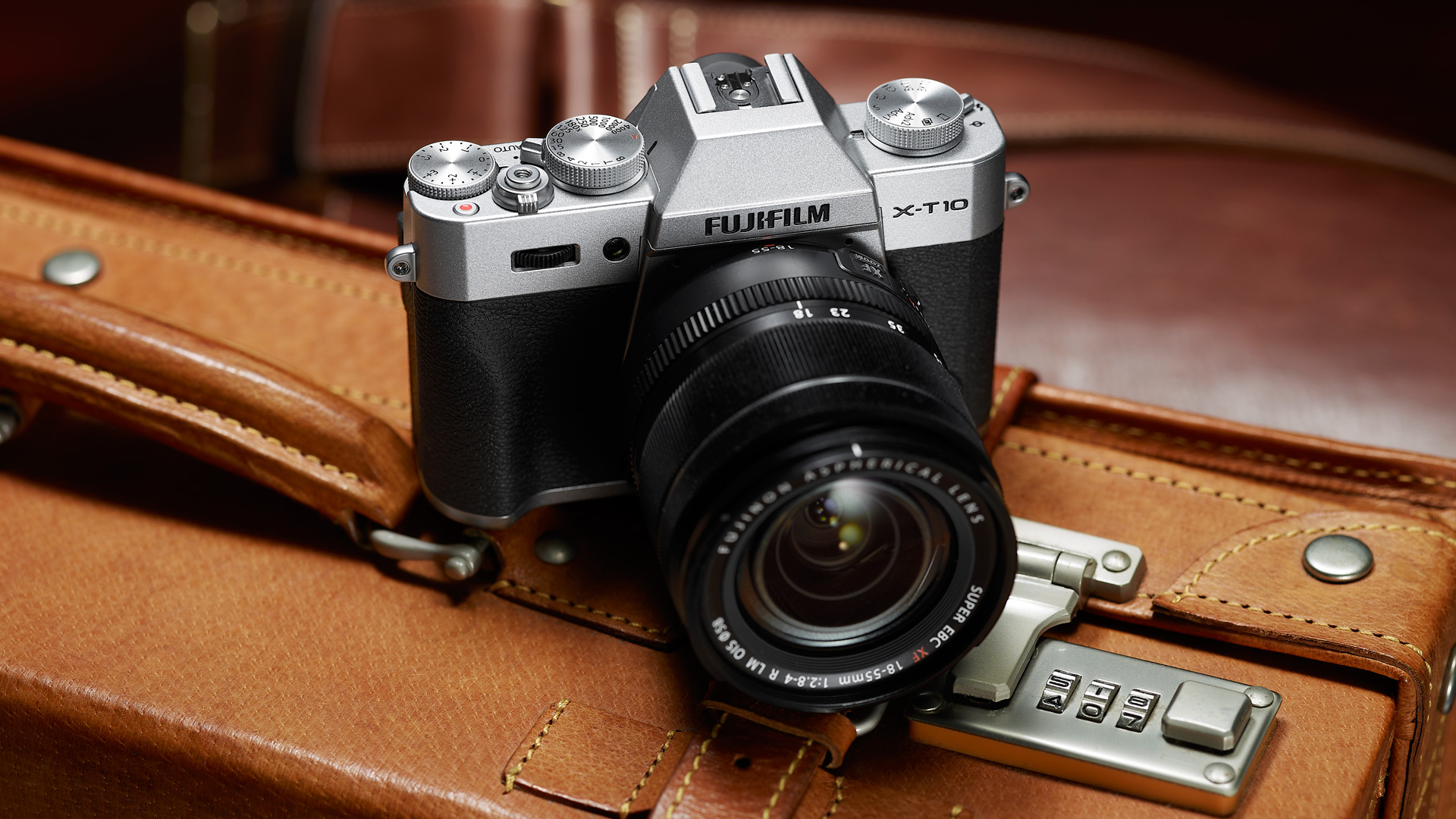
Fuji X-T10
The X-T10 sports a decidedly more retro design than the G80, although its grip and centrally-positioned viewfinder mean it’s likely to appeal to a similar type of user. Like the G80 it’s also based around a 16MP sensor (although here a slightly larger APS-C type), and also makes use of magnesium in its construction, although it lacks a touchscreen and weather sealing, and doesn’t quite stretch to 4K video record, topping out at Full HD. Still, its compatibility with Fujifilm's acclaimed X-series lenses and range of Film Simulation modes mean it’s got plenty going for it.
Read the full review: Fuji X-T10
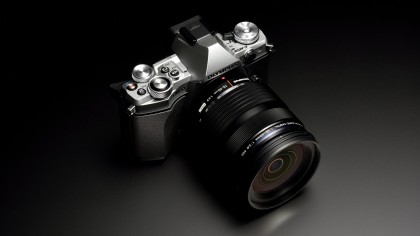
Olympus OM-D E-M5 Mark II
Another Micro Four Thirds camera to use a 16MP sensor, the E-M5 Mark II also comes with the benefit of a sensor-based, five-axis image stabilisation system, free-angle touchscreen LCD, built-in Wi-Fi and compatibility with the same Micro Four Thirds optics. Like the X-T10, video recording only stretches to Full HD, and the provided flash is a separate hot shoe-mounted unit rather than an integrated type like on the G80, although the 40MP multi-exposure mode allows you to get images with excellent resolution when using a tripod.
Read the full review: Olympus OM-D E-M5 Mark II
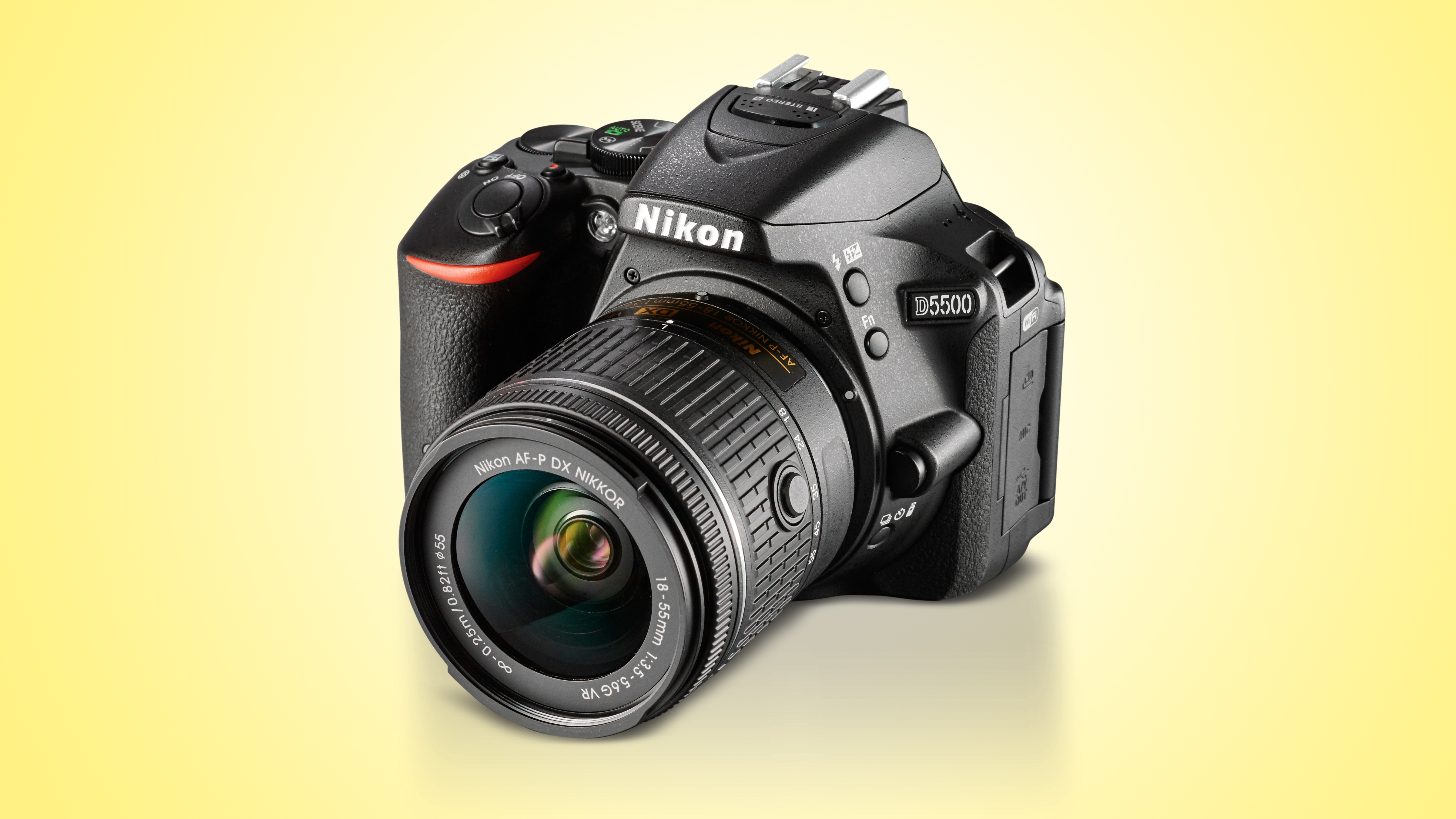
Nikon D5500
The D5500 isn't a mirrorless camera like the G80, although the two otherwise have much more in common than you might think, which makes them logical competitors. The similarities include a sensor that lacks an optical low-pass filter, a fully articulating touchscreen on the rear, Wi-Fi, and a sensitivity range from ISO100 to 25,600. The D5600 actually has a handful of advantages over the G80, such as a larger and higher-resolution sensor (24.2MP) and compatibility with a broader range of lenses in the shape of the Nikkor range, although it doesn’t quite match the G80 for 4K video resolution or related video functionality.
Read the full review: Nikon D5500